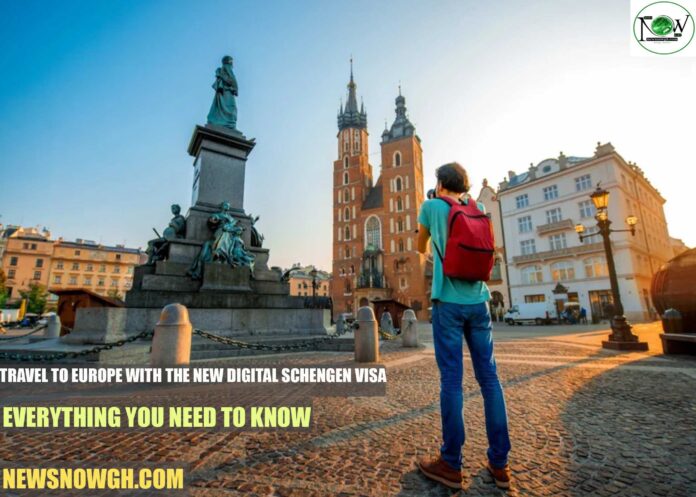Travel to Europe with the New Digital Schengen Visa: Everything You Need to Know
The European Union is transforming the Schengen visa process by eliminating paper-based applications. By implementing a digital system featuring barcodes and centralized data, the EU aims to simplify and expedite the application process for travelers. Here’s what you need to know about this innovative approach.
Embracing the Future of Visa Applications
The Schengen visa system is evolving. By 2028, the EU will introduce a fully digital visa process, replacing traditional paper forms and stickers. This significant change aims to streamline applications, enhance processing speed, and improve security for travelers.
If you’ve found the current Schengen visa process cumbersome, this update promises a more user-friendly experience. Say goodbye to stacks of paperwork and long waits at consulates—your journey to Europe is about to get easier.
A New Era: No More Stickers
The biggest change? The familiar visa sticker will be replaced with a digitally signed 2D barcode. At border checkpoints, immigration officers will scan this barcode, which links to a centralized EU database containing your visa and personal details.
During a trial at the 2024 Paris Olympics, France successfully issued 70,000 digital Schengen visas. The results were encouraging, paving the way for broader implementation.
How Do Digital Schengen Visas Function?
Once the digital system is fully operational, EU border staff will scan your digital visa upon entry. They can quickly access your information from the central database, eliminating the need for physical documents—perfect for travelers arriving after long flights.
The entire application process will shift online. You will upload required documents, pay fees, and monitor your application from anywhere. Once approved, a digitally signed barcode will arrive in your inbox, ready for your travels.
First-time visitors will still need to provide fingerprints and a photo in person. However, if you’ve previously submitted biometrics, you can skip this step on future trips, streamlining your experience.
To stay informed, always check the official EU visa website for the latest updates and requirements.
Navigating the Current Schengen Visa Process
Until the full digital rollout, the traditional Schengen visa application process remains. Here’s how to navigate it effectively:
1. Choose Your Application Location
Apply at the embassy of your primary destination—the country where you’ll spend the most time. If your trip spans multiple countries, apply to the first one you’ll enter. Most countries use VFS Global, while Spain relies on BLS International in India. For France, appointments must be booked online through Démarches Simplifiées.
2. Gather Your Documents
Prepare the following for your visa appointment:
- A valid passport (at least 6 months valid with 2 blank pages)
- A completed application form
- Passport-sized photos
- Travel insurance (minimum coverage of €30,000)
- Proof of travel (flights, hotels, tours)
- Financial proof (bank statements or salary slips)
- A cover letter outlining your trip
3. Attend Your Biometric Appointment
First-time applicants need to provide fingerprints and a photo, which are stored securely for up to 59 months. If you’ve submitted biometrics within the last five years, you can usually skip this step.
4. Pay the Required Fees
The standard visa fee is approximately €80 for adults and €40 for children aged 6–12. Children under 6 are exempt. Service providers may charge additional fees, typically between ₹1,800 and ₹2,200.
5. Understand Processing Times
Most visas are processed within 15 calendar days. However, during busy seasons or for complex cases, processing can take up to 30–60 days. It’s wise to apply well in advance.
Conclusion
The EU’s transition to a digital Schengen visa is not merely a technological upgrade; it aims to enhance travel convenience and safety. Whether you’re planning a leisurely summer in Spain or a business trip to Berlin, understanding these changes will keep you ahead.
Prepare your documents, apply early, and stay updated through official EU resources to ensure a smooth journey.
Follow NewsNowGh to stay updated on the latest information regarding work permits, visas, and visa-sponsored employment.


